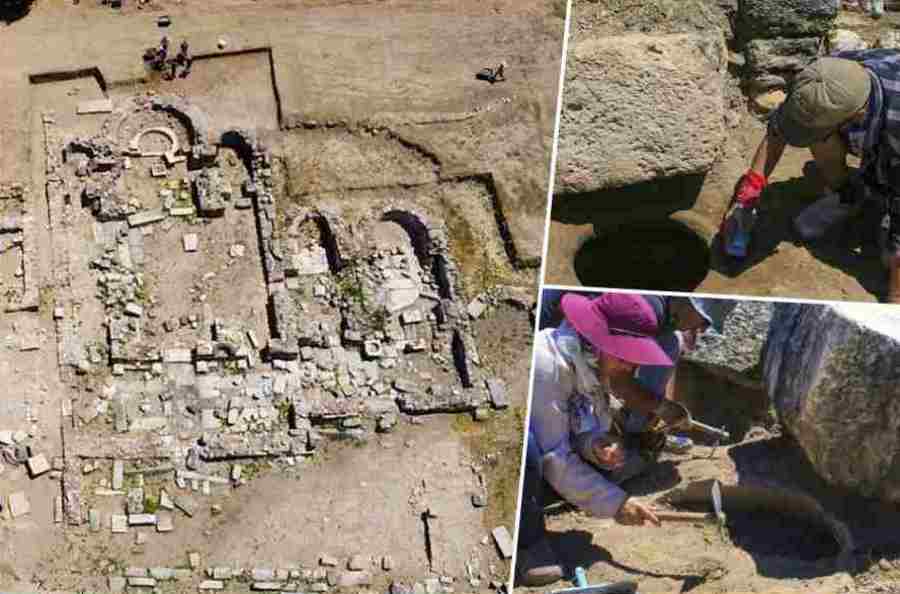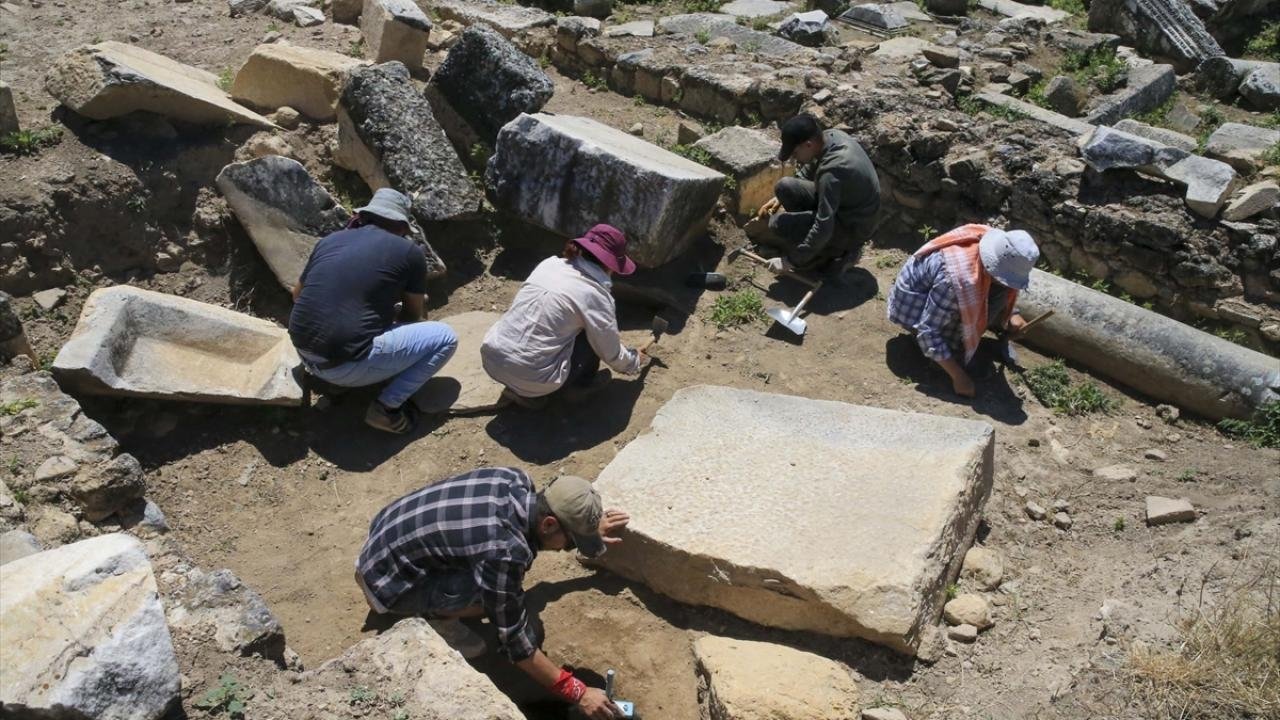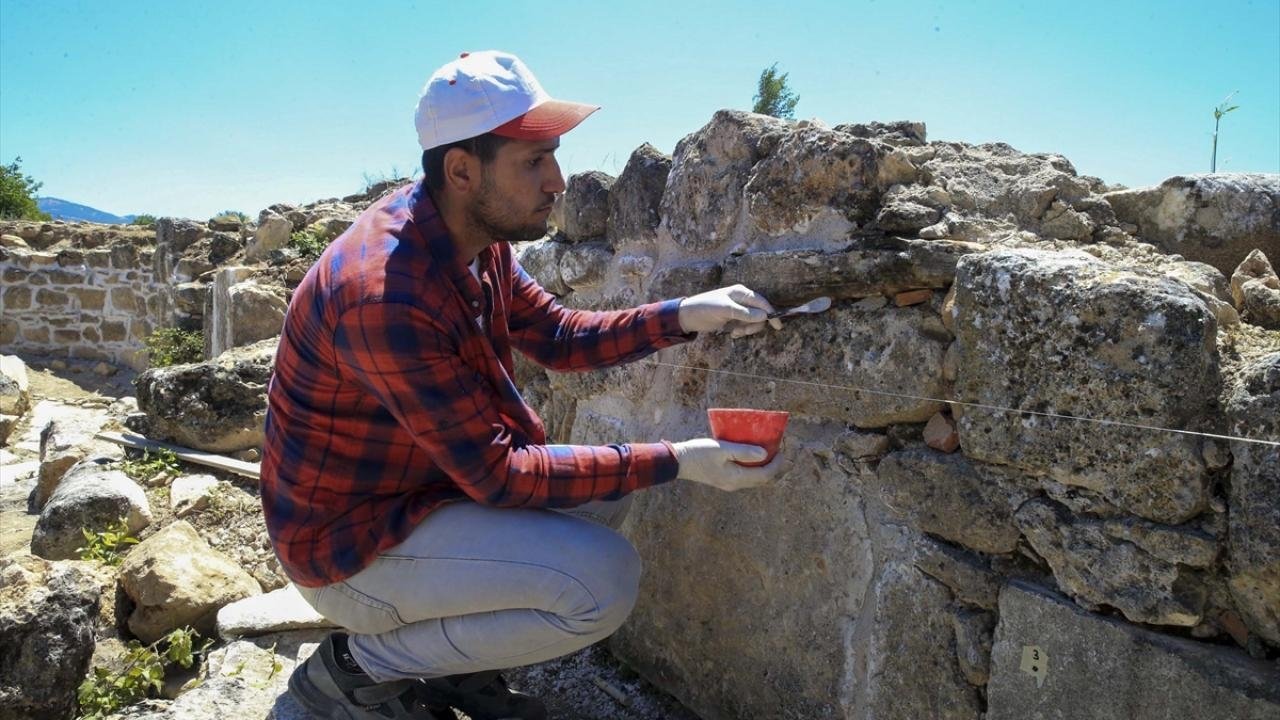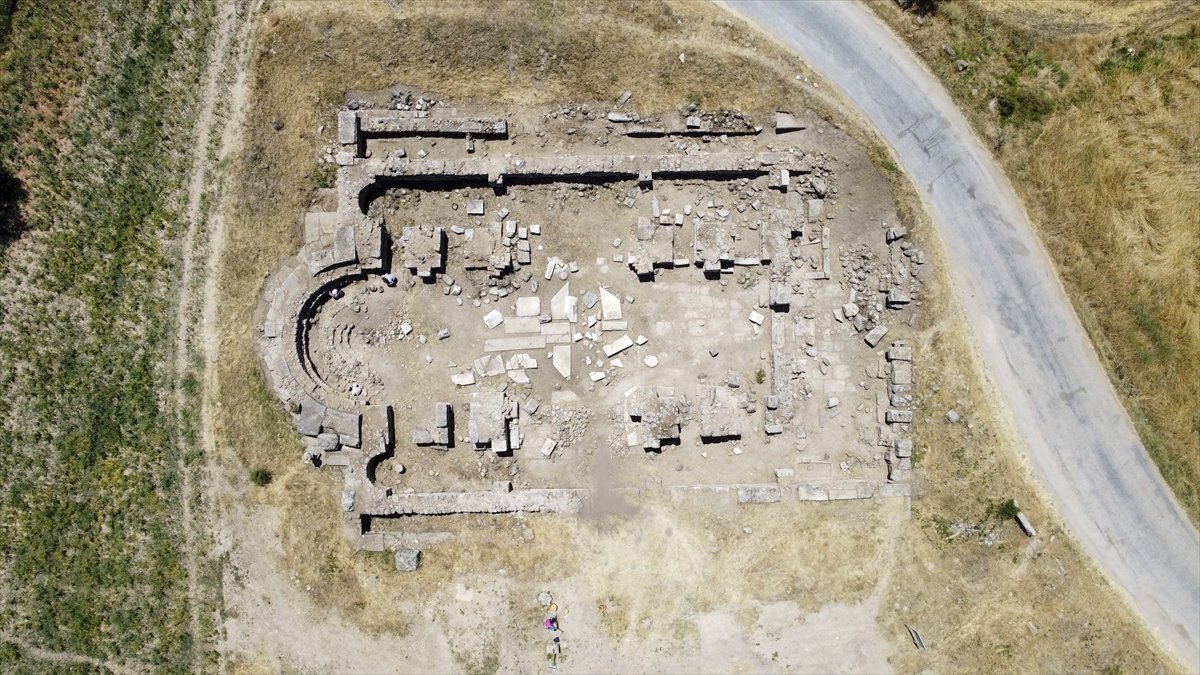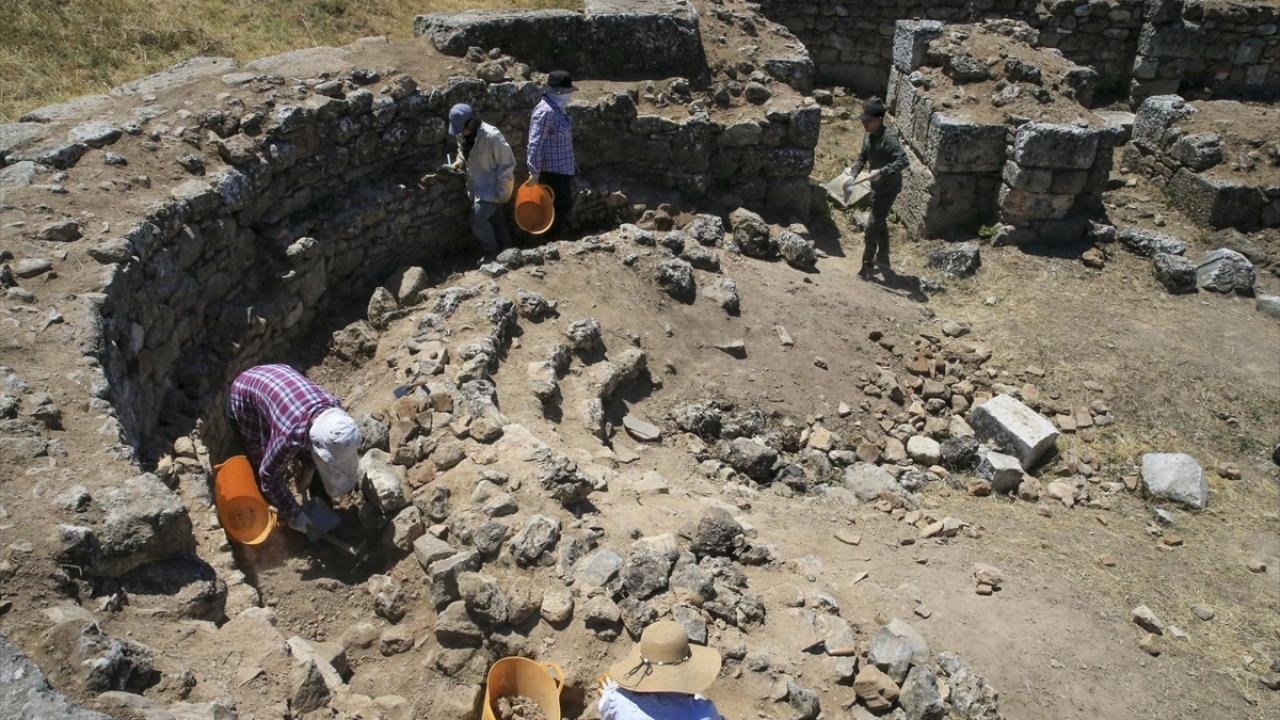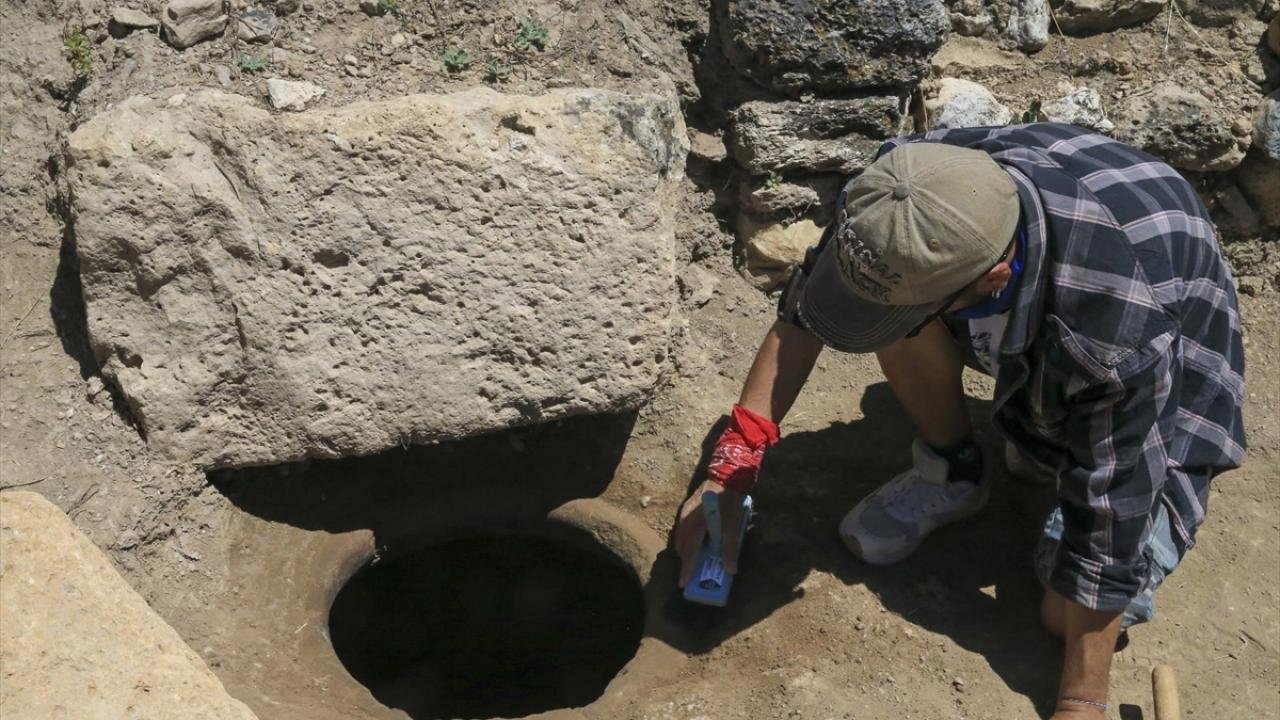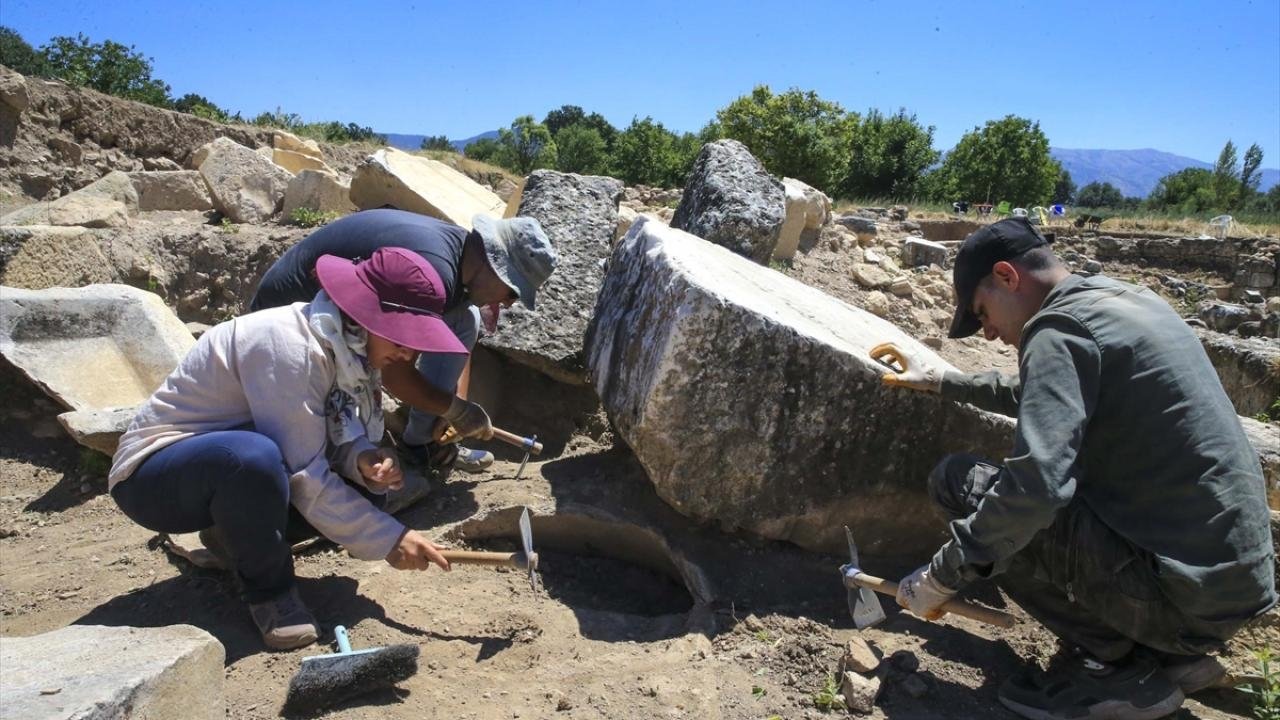Wed 26 July 2023:
Archaeologists have discovered the remains of a granary in the ancient city of Sebaste, which was once an important trade and military center in Anatolia. The granary, which is thought to date back to the Eastern Roman Empire, was found during excavations in the area of the Small Church.
Last year, during the excavations in Sebaste, which served as an episcopacy center during the Roman Period, environmental cleaning and various arrangements were carried out in the Big Church and Small Church areas.
This year, the team has made an exciting discovery, reaching the granary (granarium) section, believed to belong to the Eastern Roman Empire, to the north of the Little Church.
According to Dr. Münteha Dinç, Sebaste, known as “Sebaste” in the Roman Period, has a rich history that dates back to the Late Neolithic period, spanning 7,000 years.
The settlement evolved from a village during the Hellenistic period into a significant trade and military center during the Roman era.
Its strategic location, situated at the crossroads of north-south and east-west roads, attracted the attention of Rome and Roman emperors, solidifying its importance as a prominent trade hub and resting place for armies.
Excavations have also revealed the remains of a granary within the church, indicating that Sebaste continued to thrive during the Eastern Roman Empire and transformed into a bishopric center.
This granary served as a storage area and living space, providing insights into the daily lives and feeding arrangements of the priests in the diocese center.
Before the excavations, the team conducted a survey in the ancient city for approximately five years, which yielded significant results and contributed to a deeper understanding of Sebaste‘s historical significance.
The ongoing excavations promise to unveil further fascinating aspects of this ancient city’s past.
WATCH | Remains of granary discovered in ancient city of Sebaste
According to Dr. Münteha Dinç, Sebaste, known as "Sebaste" in the Roman Period, has a rich history that dates back to the Late Neolithic period, spanning 7,000 years. pic.twitter.com/DNqf95czrP
— INDEPENDENT PRESS (@IpIndependent) July 26, 2023
-Anadolu Agency
______________________________________________________________
FOLLOW INDEPENDENT PRESS:
TWITTER (CLICK HERE)
https://twitter.com/IpIndependent
FACEBOOK (CLICK HERE)
https://web.facebook.com/ipindependent
Think your friends would be interested? Share this story!


